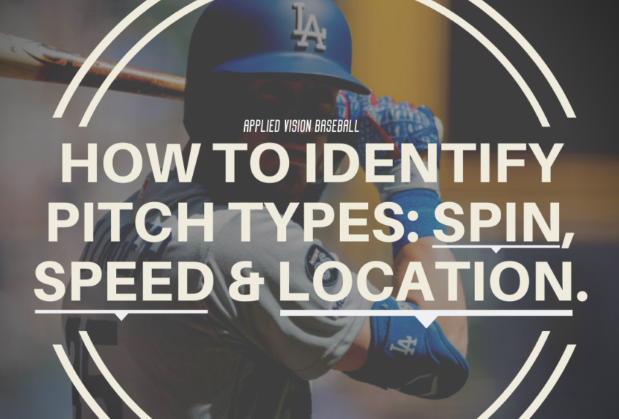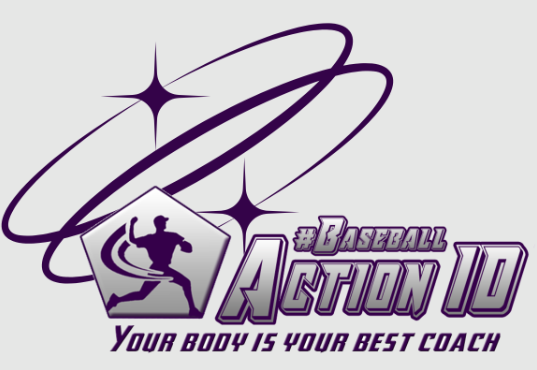Understanding the Impact of High and Low-Frequency Vision on Baseball Performance
In the realm of baseball, whether you’re stepping up to the plate or winding up for a pitch, understanding your player’s unique visual signature is paramount. Let’s delve into the crucial disparities between High-Frequency (HF) and Low-Frequency (LF) vision athletes and how it can revolutionize our training strategies for hitters and pitchers alike.
𝗛𝗶𝗴𝗵-𝗙𝗿𝗲𝗾𝘂𝗲𝗻𝗰𝘆 𝗩𝗶𝘀𝗶𝗼𝗻 (𝗛𝗙)
HF athletes predominantly exhibit fine motor skills, akin to a delicate dance with the ball. Their vision seamlessly integrates perceptions from sharp to global. Picture this: they start by honing in sharply on the ball, activating their fine motor skills and then seamlessly adjusting their entire body’s movement to meet the ball’s trajectory. It’s a meticulous, detail-oriented approach to the game.
𝗟𝗼𝘄-𝗙𝗿𝗲𝗾𝘂𝗲𝗻𝗰𝘆 𝗩𝗶𝘀𝗶𝗼𝗻 (𝗟𝗙)
Conversely, LF athletes excel in connecting the dots across the field, fostering a global link between all elements. Their vision tends to integrate perceptions from global to sharp. They establish a rhythmic relationship with the ball through a broader gaze, utilizing their gross motor skills to finesse their way through the game.

𝗧𝗿𝗮𝗶𝗻𝗶𝗻𝗴/𝗜𝗻𝘀𝘁𝗿𝘂𝗰𝘁𝗶𝗼𝗻 𝗔𝗱𝗮𝗽𝘁𝗮𝘁𝗶𝗼𝗻𝘀
For LF athletes, our training approach emphasizes collective synergy. We harness the power of interconnectedness, encouraging players to leverage the cohesive bond between elements to elevate their game. It’s about understanding that together, we achieve more.
On the other hand, HF athletes thrive on individuality. They prefer to march to the beat of their drum, focusing on their unique style and approach to the game. Our training methodology respects their autonomy, allowing them to dissociate from group dynamics and delve deep into the intricacies of their craft.
𝗕𝗿𝗲𝗮𝘁𝗵𝗶𝗻𝗴 𝗣𝗮𝘁𝘁𝗲𝗿𝗻𝘀
Moreover, vision isn’t the only factor at play. Breathing patterns also play a significant role. Certain athletes often exhibit stronger exhalation tendencies, while others may showcase stronger inhalation patterns. These subtle differences in breathing further highlight the distinct neurological pathways associated with HF and LF vision.
In essence, by recognizing and embracing the unique visual signatures of our players, we can tailor our training and instruction to optimize their performance on the field. Whether it’s fine-tuning fine motor skills or fostering a collective team spirit, understanding the intricacies of HF and LF vision unlocks a new dimension of baseball excellence.

